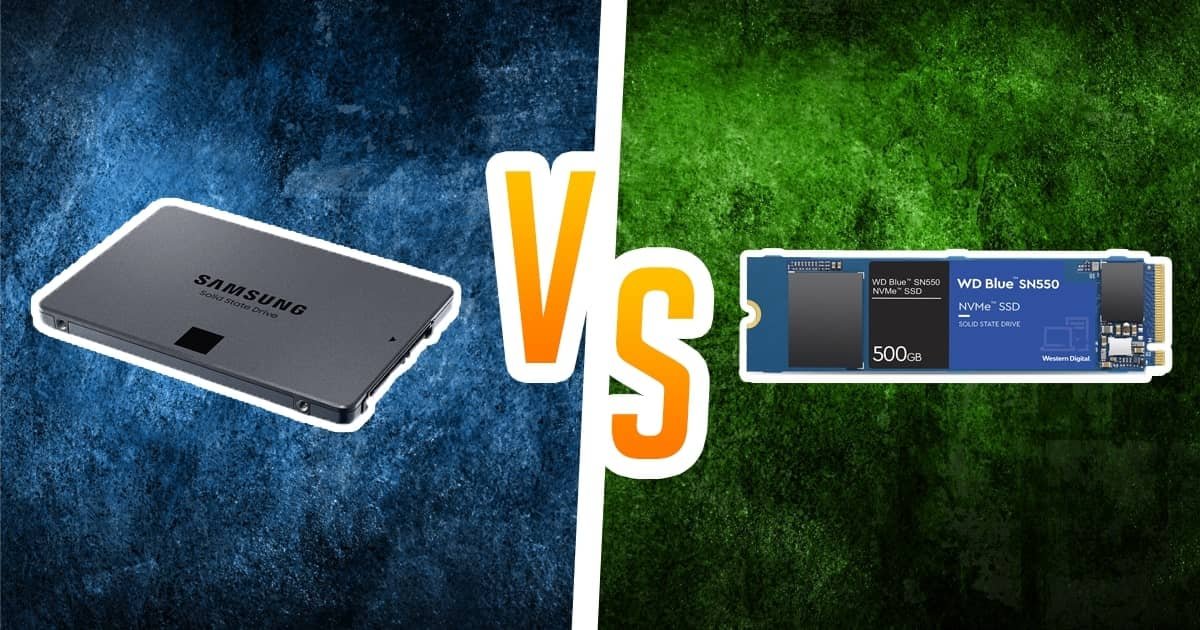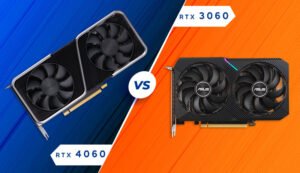When it comes to storage solutions, SSDs (Solid State Drives) have significantly outperformed traditional HDDs (Hard Disk Drives). Among SSDs, there are two main types: SATA SSDs and NVMe SSDs. Here’s a detailed comparison to help you understand the differences, pros, and cons of each type.
SATA SSD (Serial ATA Solid State Drive)
Pros:
- Cost-Effective: SATA SSDs are generally cheaper than NVMe SSDs. They offer a good balance of performance and price.
- Compatibility: They are widely compatible with many systems, including older ones, since SATA ports are standard on most motherboards.
- Sufficient Speed for Many Users: With read and write speeds up to 550 MB/s, they are much faster than traditional HDDs and sufficient for many everyday tasks.
Cons:
- Lower Speed: SATA SSDs have lower read and write speeds compared to NVMe SSDs. They are limited by the SATA interface’s maximum throughput of around 600 MB/s.
- Latency: Higher latency compared to NVMe SSDs, which affects performance in tasks that require rapid data access.
- Potential Bottleneck: In high-performance tasks like video editing or gaming, SATA SSDs can become a bottleneck.
NVMe SSD (Non-Volatile Memory Express Solid State Drive)
Pros:
- High Speed: NVMe SSDs offer significantly higher read and write speeds, often exceeding 3500 MB/s. They utilize the PCIe interface, which allows for faster data transfer rates.
- Lower Latency: NVMe SSDs have lower latency, providing quicker access to data and improving performance in demanding applications.
- Future-Proof: As technology advances, NVMe SSDs are more future-proof, offering better performance and keeping up with the demands of new applications and games.
Cons:
- Cost: NVMe SSDs are more expensive than SATA SSDs. The higher performance comes with a higher price tag.
- Heat Generation: They can generate more heat due to higher performance, which might require better cooling solutions.
- Compatibility: Not all older systems support NVMe SSDs. They require a motherboard with an M.2 slot or a PCIe slot for installation.
Conclusion
SATA SSD:
- Best For: Budget-conscious users, older systems, general computing tasks.
- Example Use Cases: Boot drives, mainstream laptops, and desktops.
NVMe SSD:
- Best For: High-performance tasks, gaming, video editing, professional workloads.
- Example Use Cases: Gaming PCs, workstations, high-end laptops.
Final Recommendation
If you’re upgrading from an HDD or need a budget-friendly storage solution, a SATA SSD will provide a significant performance boost. However, if you need the best possible performance for gaming, professional applications, or future-proofing your system, an NVMe SSD is the better choice despite the higher cost.




